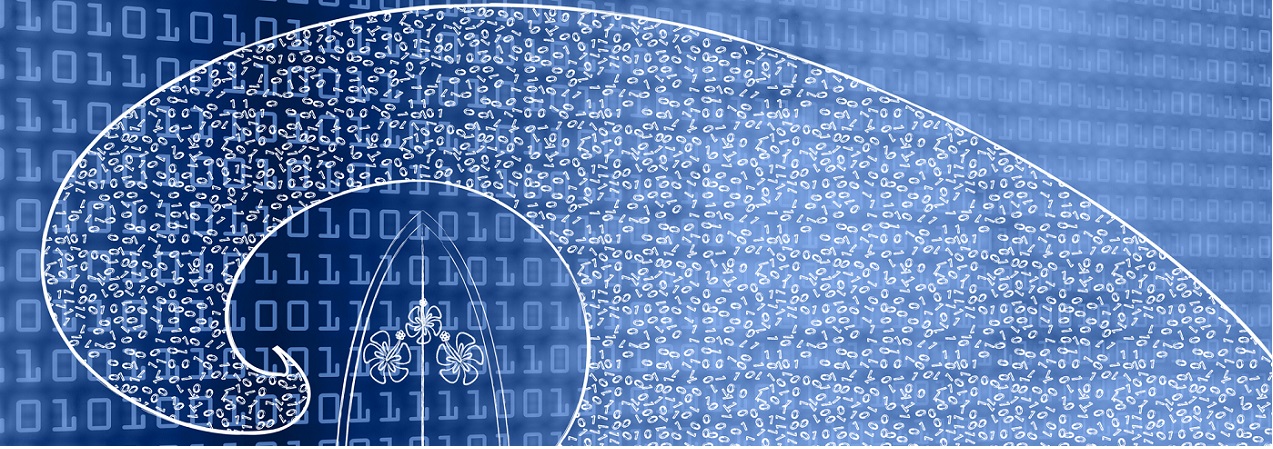“Technology has played a role in exploring and understanding the ocean for thousands of years, and it will continue to do so”, states Andrew Bowen, director of the National Deep Submergence Facility at WHOI.
Since the beginning of time, the ocean has been a subject of wonder and mystery. Even after years of research, we still know little about the watery abode that covers more than 70% of our planet.
But with the groundbreaking advancements in marine technology, humans have been bestowed with detailed glimpses of unexplored deep-sea landscapes.
Let’s have a look at of the disruptive technology of the marine industry that allow us to explore and experience the ocean like never before.
Robotic Explorers
Even after the successful attempts to reach the deepest parts of the Mariana Trench, some parts of the ocean are better left to robots for exploration. Robotic explorers are basically remotely operated vehicles (ROVs). These mechanical vessels allow the scientists to control them from a ship while they travel deep into the areas of the ocean that man cannot reach.
Autonomous underwater vehicles (AUVs) are another important type of robotic voyagers. AUVs came as a major breakthrough because they significantly help scientists in exploring the ocean. These machines can collect scientific data and navigate vast distances without direct human control. Furthermore, the vehicles use sonar and other instrumentation to generate detailed maps of the ocean floor and measure its physical characteristics.
One of the most ingenious AUV’s is the Jellybot, soft, jellyfish-like robots that can fit through holes smaller than their bodies. Their creators believe they could act as “guardians of the oceans” and could monitor fragile coral reefs without causing any damage.
The robots move through their surroundings using hydraulic-powered tentacles and have already been tested squeezing through holes cut in an acrylic-glass plate. “Studying and monitoring fragile environments, such as coral reefs, has always been challenging for marine researchers. Soft robots have great potential to help with this,” said Dr. Erik Engeberg, one of the robot’s inventors.
Developed by Stone Aerospace and funded by NASA the Deep Phreatic Thermal Explorer (DEPTHX) is an AUV designed and built to explore and map underwater sinkholes in northern Mexico, as well as collect water and wall core samples. The DEPTHX comes with the promise that its developing technology will one day help explore the oceans of Jupiter’s moon Europa.
Developed by WHOI, the Nereus is a hybrid AUV/ROV with a depth rating of up to 11,000m (where existing AUVs had a max. depth rating of 6000m). The device can be used as an AUV for seafloor mapping and also be tethered for real-time video surveys.
The NOC & NERC developed AUV Autosub Long Range has a depth rating of 6000m and an endurance of ~6000 km or six months. Future developments of the vehicle will include seabed hibernation, ideal for multi-month deployment, or reactive monitoring of rare events like benthic storms.
Another fairly new concept by NERC is an airlaunched AUV that could eventually be used to respond quickly to events such as an oil spill or a volcanic eruption.
Undersea Gadgets
The ocean is vast, deep and changes all the time. This makes it hard for scientists to monitor it. To understand what really goes on in the ocean it is important to have undersea instrumentation that can stay in the water for an extended period of time.
Profiling buoys and anchored moorings are two devices that work to provide scientists with 24/7 access to the ocean. While a profiling buoy travels deep down to measure such as chemical signatures in the ocean, an anchored mooring takes measurements of the ocean’s health on the surface.
Communication Technologies
Communication technologies play a major role in how we explore the ocean. Telepresence technology is commonly used to provide information and data to divers on their deep sea adventures. On the other hand, shipboard computer systems work to collect, process and save data from navigational and scientific sensors on ships.
Future Tech Hub
Disruptive technologies in the marine industry have opened up new ways of increasing the scope, pace, efficiency and accuracy of our ocean exploration— setting mankind on his way to making revolutionary discoveries.
Oi Americas is bringing industry, government and academia together over 3 days, pop over to the Future Tech hub and discover the new tech that could change the way you and your company operate.



no environmental-climate related new technology, mainly means
Hi kaspareck, We have some information about the ocean cleanup, have you seen that article? Soon we will add more environment related tech for sure!